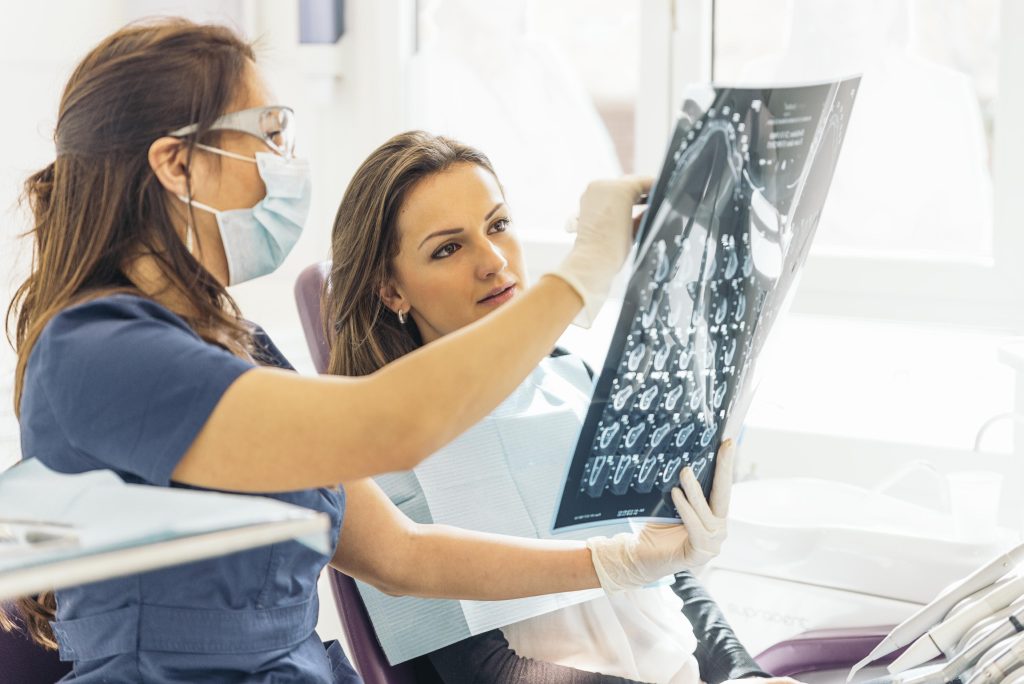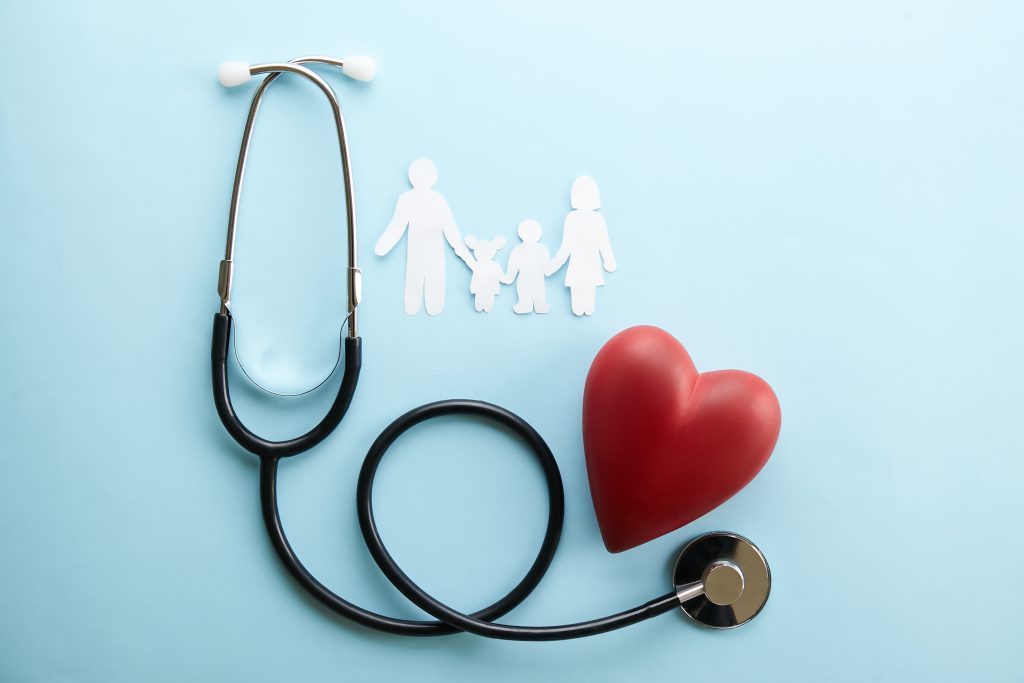Dental Excellence Unveiled – Personalized Care for Every Patient
In the realm of healthcare, the pursuit of excellence is not just a goal but a commitment to enhancing the quality of life for individuals. Nowhere is this dedication more evident than in the field of dentistry, where the mantra of Dental Excellence Unveiled echoes through clinics that prioritize personalized care for every patient. The cornerstone of dental excellence lies in the understanding that each patient is unique, with distinct oral health needs, preferences, and concerns. This approach transcends the one-size-fits-all model, recognizing that a cookie-cutter approach to dental care cannot address the diverse requirements of a diverse clientele. From the moment a patient walks through the door, the focus is on unraveling the specific needs and tailoring a care plan that reflects their individual circumstances.

At the heart of personalized care is the commitment to forging a strong patient-dentist partnership. A dentist, armed with knowledge and experience, becomes a guide in the journey towards optimal oral health. The patient, in turn, becomes an active participant in their own well-being, empowered with information and choices. This collaboration lays the foundation for trust, an essential element in any successful healthcare relationship. One key aspect of personalized care is the comprehensive initial assessment. Rather than rushing into treatment, a meticulous examination is conducted to understand the patient’s oral health history, lifestyle factors, enamel republic family dentist and current dental conditions. Cutting-edge diagnostic tools and technologies play a pivotal role in this phase, enabling dentists to delve deep into identifying potential issues before they escalate.
In addition to traditional preventive and restorative dental services, the era of personalized care brings forth innovative approaches. Tailored treatment plans may include cosmetic dentistry options to enhance smiles, orthodontic solutions to correct misalignments, or advanced therapies for issues such as temporomandibular joint TMJ disorders. The goal is not merely to address immediate concerns but to cultivate a lasting impact on the patient’s overall well-being. Communication is the linchpin of personalized care. Dentists take the time to explain diagnoses, treatment options, and potential outcomes in clear, accessible language. Patients are encouraged to ask questions, voice concerns, and actively participate in decisions about their dental health. This open dialogue fosters a sense of transparency and ensures that the patient feels both informed and involved in their care journey.
Beyond the treatment room, the commitment to personalized care extends to the overall patient experience. From a welcoming and comfortable environment to streamlined administrative processes, every aspect of the patient’s interaction with the dental practice is designed to instill confidence and satisfaction. In the landscape of modern dentistry, the phrase Dental Excellence Unveiled symbolizes a departure from the conventional towards a more patient-centric paradigm. It is a pledge to treat not just teeth but individuals, recognizing that true excellence lie in addressing the unique needs of every patient. As personalized care continues to shape the future of dentistry, the smiles it creates extend beyond the clinic, radiating the joy of optimal oral health and a truly personalized healthcare experience.




